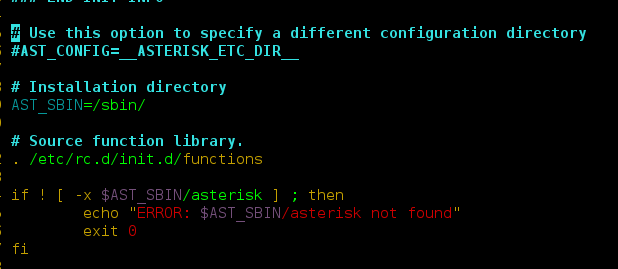Intro of CherryFramework JS: CherryFramework JavaScript is a powerful and flexible JavaScript framework designed to simplify the development of modern web applications. It is built on top of popular web technologies like jQuery, HTML5, and CSS3, and provides a wide range of tools and features for creating dynamic and responsive user interfaces. With its modular architecture and flexible API, CherryFramework allows developers to build complex web applications quickly and easily. It is an open-source framework that is constantly evolving and improving, with a large community of developers contributing to its development and maintenance. Whether you are a seasoned developer or just starting out, CherryFramework provides a solid foundation for building high-quality web applications.
Description: CherryFramework JavaScript is a versatile and powerful JavaScript framework that offers developers a wide range of features and tools to develop modern web applications. It is designed to simplify the development process and provide a modular architecture that allows developers to customize and extend its functionality to meet their specific needs. CherryFramework provides a set of pre-built modules and components, including UI widgets, form controls, data binding, and AJAX, that can be easily integrated into any web application. These modules are built on top of jQuery, HTML5, and CSS3, and offer a range of features like animation, templating, and event handling. CherryFramework is an open-source framework with a large and active community of developers contributing to its development and maintenance. It provides extensive documentation and support, making it easy for developers to get started and build high-quality web applications.
All control types with a brief description: List of Control Types in CherryFramework with Brief Description:
- Buttons: CherryFramework provides a variety of button types, including regular buttons, icon buttons, and dropdown buttons. Buttons can be customized with different colors, sizes, and styles.
- Forms: CherryFramework offers a range of form controls, including input fields, text areas, radio buttons, checkboxes, and select boxes. These form controls can be easily customized with different styles and validation rules.
- Grids: CherryFramework provides a flexible grid system that allows developers to create responsive layouts for their web applications. The grid system supports both fixed and fluid layouts and can be customized with different column widths and gutters.
- Modals: Modals are pop-up windows that can be used to display additional content or actions. CherryFramework provides a modal component that can be easily customized with different sizes and styles.
- Tabs: Tabs are a common UI component used to organize content into different sections. CherryFramework offers a tab component that can be easily customized with different styles and animations.
- Accordion: Accordion is another UI component used to organize content into sections. CherryFramework provides an accordion component that can be easily customized with different styles and animations.
- Sliders: Sliders are a common UI component used to display images or content in a carousel-like format. CherryFramework provides a slider component that can be easily customized with different styles and animations.
- Progress Bars: Progress bars are used to show the progress of a task or process. CherryFramework provides a progress bar component that can be easily customized with different colors and styles.
- Tooltips: Tooltips are small pop-up windows that provide additional information when the user hovers over an element. CherryFramework provides a tooltip component that can be easily customized with different styles and animations.
Steps to run this application: To run the application of implementing master-slave in CherryFramework in JS, you can follow these steps:
- Download CherryFramework: You can download the latest version of CherryFramework from the official website and extract it to a directory on your local machine.
- Set up the project: Create a new project directory and copy the required files from the CherryFramework directory into your project directory.
- Create the Master Server Class: In your project directory, create a new file and define the Master Server class. This class should have methods for sending commands to the slave servers and receiving the results.
- Create the Slave Server Class: Create another file and define the Slave Server class. This class should have methods for executing the commands received from the master server and sending back the results.
- Create the User Interface: In another file, create the user interface for the master server and slave servers. This can be done using HTML, CSS, and JavaScript.
- Connect the Master and Slave Servers: In the user interface file, use AJAX to send commands from the master server to the slave servers and receive the results.
- Test the Application: Run the application in a web browser and test its functionality. You can use the developer tools to debug any issues and make improvements as needed.
These steps should help you implement master-slave in CherryFramework in JS and get your application up and running.




